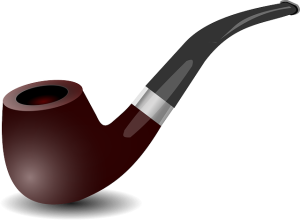Frozen water expansion, corrosion, and inadequate insulation are primary causes of burst pipes. Damage assessment and proper maintenance are key for repair. DIY repairs with tape or epoxy address minor leaks, while extensive damage may need professional plumbers equipped with specialized tools and knowledge. Regular maintenance, including insulation, ventilation checks, and prompt leak addressing, prevents future bursts. Call a licensed plumber for complex scenarios to ensure long-term plumbing system integrity.
A burst pipe can cause significant damage and disrupt your home or business operations. Understanding the causes, assessing the extent of the damage, and knowing the right tools and materials are essential steps in effective pipe repair. This guide delves into the process, from identifying common causes like freezing or pressure buildup to providing a step-by-step repair manual. Additionally, learn preventive measures and when to call a professional plumber for complex pipe repair issues.
Understanding Burst Pipe Causes
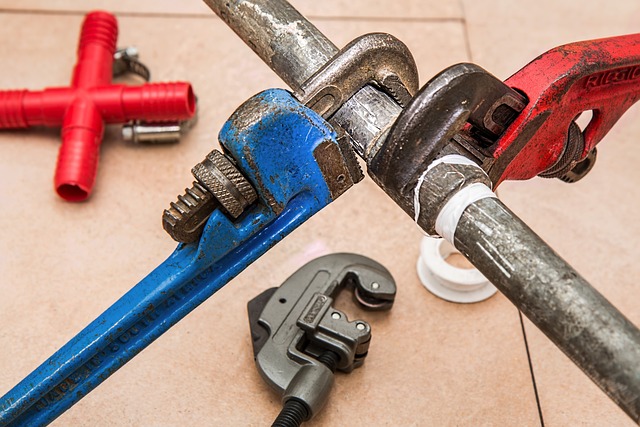
Burst pipe issues are often caused by a combination of factors that can lead to severe damage if left unattended. One primary cause is frozen pipes, where water inside the pipes expands as it freezes, putting immense pressure on the pipe’s structure. This pressure can eventually result in a burst or rupture. Insulation is key; adequate piping insulation can prevent temperature extremes from affecting pipes, thereby reducing the risk of freezing and subsequent damage.
Another common reason for pipe repair is corrosion. Metal pipes, over time, can corrode due to exposure to moisture, minerals, or chemicals present in water. Corrosion weakens the pipe’s integrity, making it susceptible to leaks or bursts. Regular maintenance, including checking for signs of corrosion and replacing affected sections, is essential to prevent these problems.
Assessing the Damage
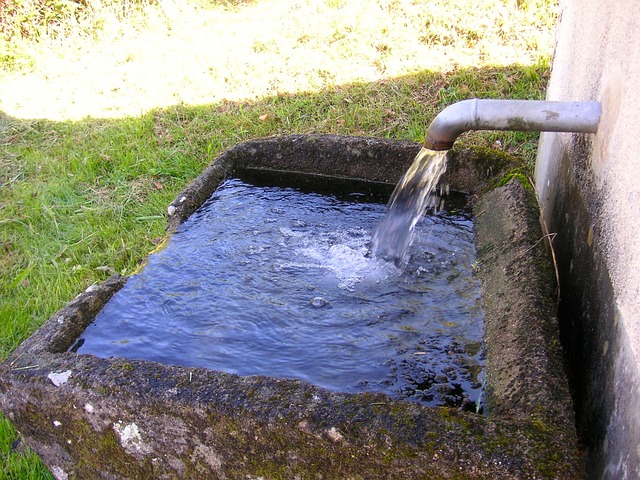
When dealing with a burst pipe, the first step in effective pipe repair is assessing the damage. Inspect the affected area to determine the extent of the leak and identify any visible signs of corrosion or wear and tear. Look for water damage on walls, ceilings, or floors nearby, as this can indicate the extent of the leakage. Check if the burst is confined to one pipe or if multiple pipes are involved, as this will influence the repair method and materials required.
During assessment, also consider the type of piping material and its age. Different materials, such as copper, PVC, or steel, have varying levels of durability and may require specific repair techniques. Older pipes might be more susceptible to corrosion and may need replacement rather than mere mending. Documenting the damage will help guide your decision-making process for effective pipe repair.
Tools and Materials Needed for Repair

When it comes to burst pipe repair, having the right tools and materials is essential for a successful fix. First on your list should be a variety of wrenches, including both open-end and adjustable types, to loosen and remove any damaged sections of pipe. Additionally, you’ll need pliers for gripping and bending metal, as well as a set of screwdrivers for various tasks.
For the actual repair, you’ll require pipe repair tape or epoxy, depending on the extent of the damage. The tape is ideal for smaller leaks, providing an immediate seal. Conversely, epoxy offers a more permanent solution for larger breaks. Also, don’t forget to stock up on replacement pipes and fittings if the damage extends beyond temporary repairs. These materials ensure that your burst pipe repair is not just quick but also long-lasting, keeping your plumbing system in top condition.
Step-by-Step Guide to Burst Pipe Repair

Pipe Repair: A Step-by-Step Guide for Burst Pipes
The first step in burst pipe repair is to turn off the water supply at the main shut-off valve to prevent further damage and water loss. Once the water is turned off, locate the burst pipe, usually visible due to water leakage or flooding. Before proceeding, gather the necessary tools: a wrench for tight connections, new piping (matching the old size), pipe compound, and a cloth for absorption.
Next, isolate the damaged section of pipe by cutting off any excess or loose material using a hacksaw. Clean the cut ends with a wire brush to remove rust or debris. Apply pipe compound to both cut ends and fit the replacement pipe into place. Tighten connections securely but avoid excessive force to prevent damage. After the compound dries, test for water leaks at each connection point. If no leaks are found, your burst pipe repair is complete.
Preventing Future Burst Pipes
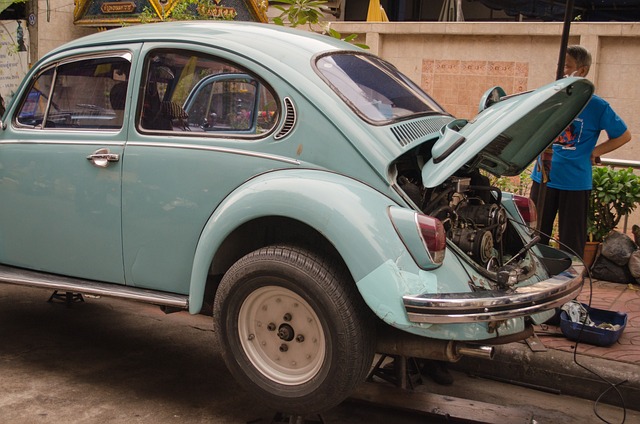
To prevent future burst pipes, regular maintenance is key for pipe repair. Start by inspecting your pipes for any signs of damage, corrosion, or leaks. Addressing these issues promptly can save you from costly repairs and avoid disruptions caused by burst pipes. Insulating pipes in colder areas and keeping them at optimal temperatures is another effective measure. This helps prevent sudden temperature changes that can lead to pipe bursts.
Additionally, ensuring proper ventilation in plumbing systems is crucial. Well-ventilated pipes reduce pressure buildup, which is a common cause of burst pipes. Regular flushing of water heaters and checking for air gaps in lines can also contribute to maintaining the health of your piping system. By incorporating these preventive measures into your routine maintenance, you’ll significantly reduce the risk of future pipe repairs.
When to Call a Professional Plumber
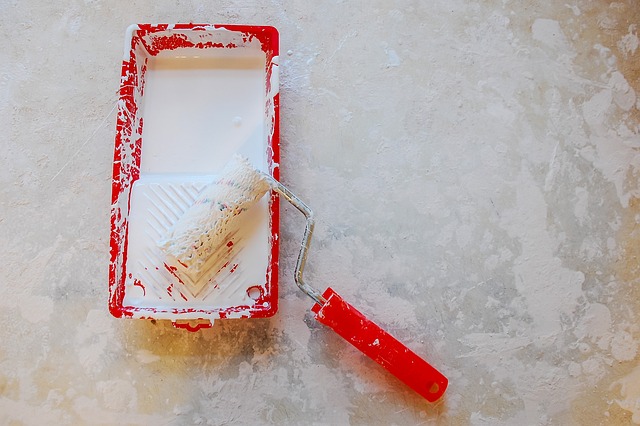
If you notice signs of a burst pipe, such as visible damage, excessive water leakage, or a sudden drop in water pressure, it’s crucial to act quickly. While some minor pipe repairs can be tackled as DIY projects, complex issues often require professional expertise. Calling a licensed plumber is essential when the damage is extensive, or if you’re unsure about the severity of the problem. Burst pipes can lead to significant water damage and further complications if left unattended, so prompt action is key.
Professional plumbers are equipped to handle various pipe repair scenarios, from replacing faulty sections to fixing leaks. They have access to specialized tools and knowledge to assess the situation accurately. Additionally, they can provide long-term solutions, ensuring your plumbing system remains in good condition. So, if the pipe repair involves complex materials, intricate designs, or accessibility issues, it’s best to leave it to a skilled plumber to prevent further disasters and maintain the integrity of your home’s plumbing.
